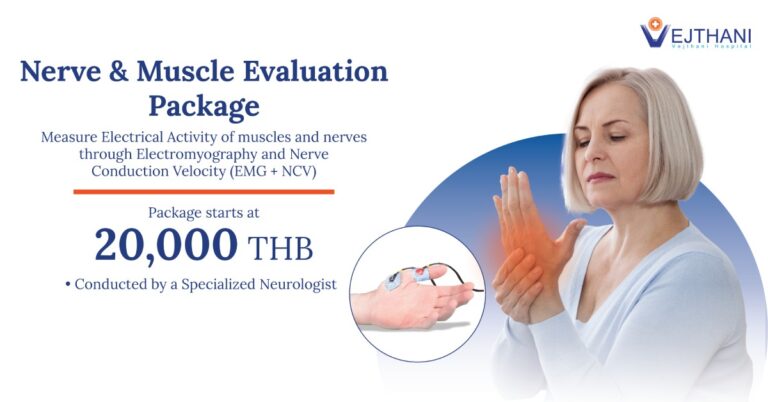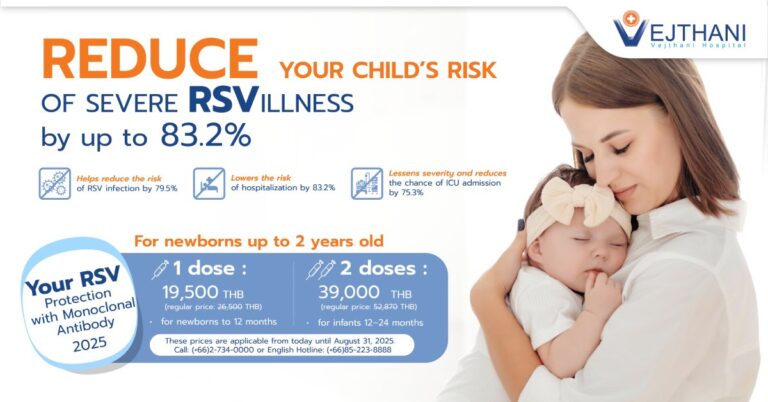
Health Articles
Epispadias
Is a failure of midline penile fusion much earlier in embryogenesis. An isolated opening of the dorsal (“top”) side of the penis is rare, and most of these children have much more severe defects, involving a small and bifid phallus with bladder exstrophy or more severely, cloacal exstrophy involving the entire perineum. The cause of this defect of early embryogenesis is unknown but does not involve androgens.
Etiology
Epispadias is an uncommon and partial form of a spectrum of failures of abdominal and pelvic fusion in the first months of embryogenesis known as the exstrophy – epispadias complex. While epispadias is inherent in all cases of exstrophy it can also, much less frequently, appear in isolation as the least severe form of the complex spectrum. It occurs as a result of defective migration of the genital tubercle primordii to the cloacal membrane, and so malformation of the genital tubercle, at about the 5th week of gestation.
Signs and Symptoms:
In males:
- Abnormal opening from the joint between the pubic bones to the area above the tip of the penis
- Backward flow of urine into the kidney (reflux nephropathy)
- Short, widened penis with an abnormal curvature
- Urinary tract infections
- Widened pubic bone
In females:
- Abnormal clitoris and labia
- Abnormal opening where the from the bladder neck to the area above the normal urethral opening
- Backward flow of urine into the kidney (reflux nephropathy)
- Widened pubic bone
- Urinary incontinence
- Urinary tract infections
Treatment
The main treatment for isolated epispadias is a comprehensive surgical repair of the genito-urinary area usually during the first 7 years of life, including reconstruction of the urethra, closure of the penile shaft and mobilisation of the corpora. The most popular and successful technique is known as the modified Cantwell-Ransley approach. In recent decades however increasing success has been achieved with the complete penile disassembly technique despite its association with greater and more serious risk of damage

























